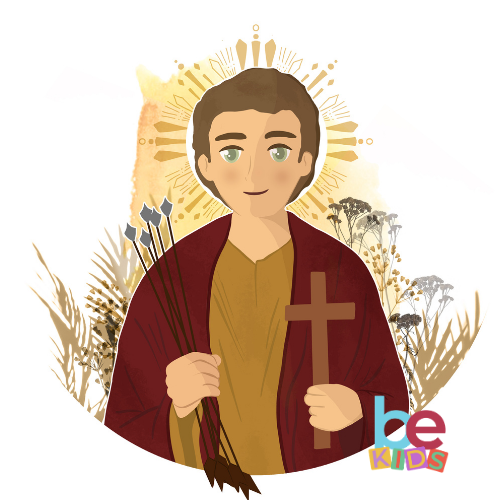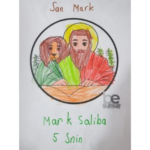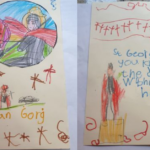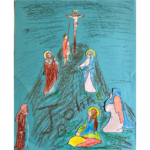
The story of St. Sebastian takes us back to about 300 years after the lifetime of Jesus. That means about 1,620 years ago! Yet he is still honoured today, in 2020, as one of the heroic saints. He was born in France in a Christian family. His father was a nobleman. As a young man he moved to Milan and then to Rome where he joined the Roman Army. He was promoted as a Praetorian Guard, acting as the Emperor’s own bodyguard.
At that time, the Roman Emperor was Dioclatian. He hated Christians and ordered the death of Christians who refused to worship the Roman idols and continued to profess their belief in Jesus Christ. Sebastian kept the secret that he was a Christian so that he could continue to preach about Jesus Christ. He converted people, even soldiers and officers in the Roman Army, to Christianity.
Eventually, the Emperor found out that Sebastian was a Christian. He was sentenced to death. . . but he survived and he was martyred by being beaten to death. Saint Sebastian is identified as the Patron Saint of victims of epidemics especially the plague. This arose from the symbolic association of arrows and their wounds, with the skin wounds caused by the plague. In those days, as medical knowledge was limited, towns and villages turned to a saint for intercession and protection.
Sebastian was born in Gaul to a rich family and he served in the Imperial Roman Army and was a captain of the guard. Sebastian visited the prisoners and converted lots of soldiers. Even though he was the Emperor’s favourite, Sebastian had to suffer since he did not want to give up his faith by dying as a martyr. Saint Sebastian is the patron Saint of the pandemics as well!












